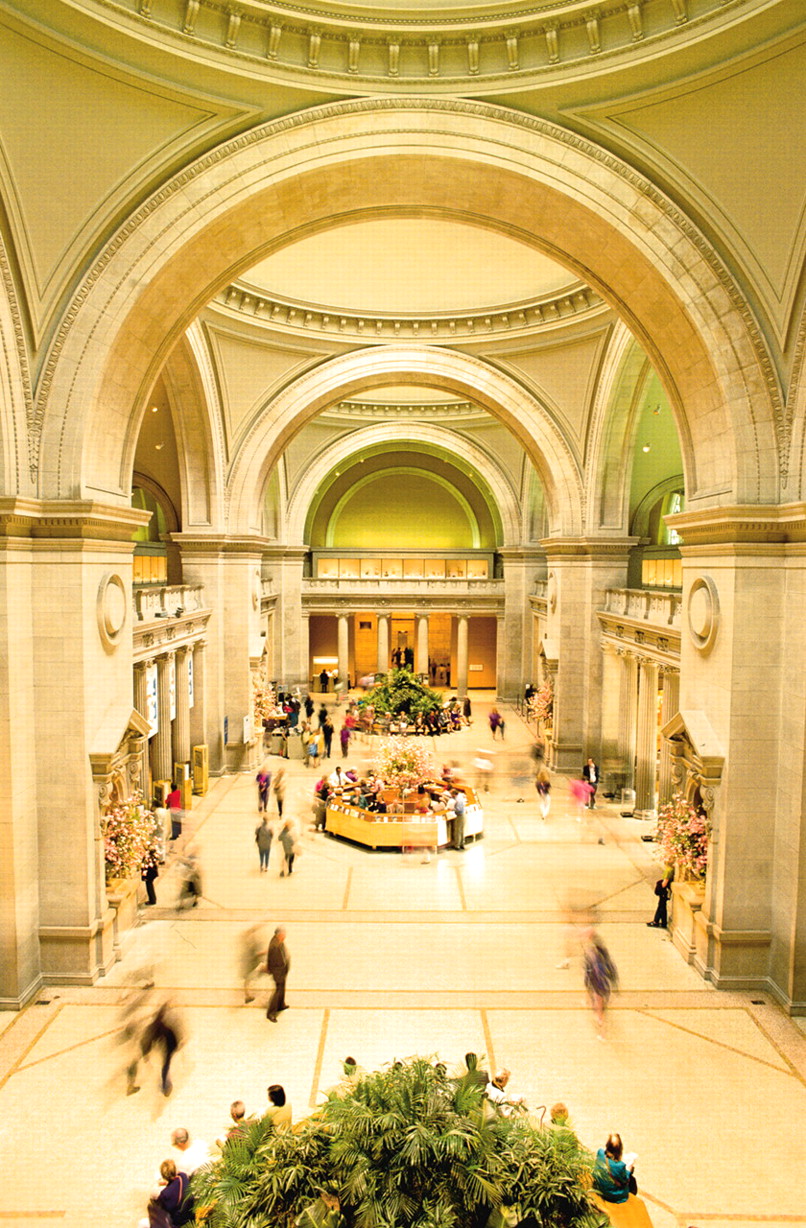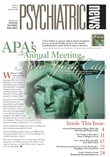If there is one museum in New York that is a sure bet to stimulate the senses and the imagination, it is the world-renowned Metropolitan Museum of Art. Encompassing 1.6 million square feet of space—and more than 2 million works of art—the Western hemisphere’s largest museum contains comprehensive collections of ancient, Medieval, and Renaissance art and artifacts. And “modern” art from the last couple of centuries is not slighted either—as Pablo Picasso’s portrait of poet Gertrude Stein attests (though aficionados of truly modern art are advised to make a beeline for the Guggenheim, Whitney, or the Museum of Modern Art).
Since museum goers would have to free up a good two days to take in all the cultural riches the Met has to offer, it’s probably best to pick up a guide at the museum’s information desk and select just a few rooms and collections to explore during a particular visit.
A partial list of the museum’s many outstanding collections finds extensive exhibits of art, sculpture, and artifacts from ancient Near East; Africa and Oceania; Asia; ancient Greece, Rome, and Etruria; early 20th century America; the Islamic world; and Medieval Europe.
Among the many other comprehensive collections are ones devoted to musical instruments from “accordions to koras to zithers,” the Met’s Web site notes; photography from historic to avant garde; seven centuries of costumes; and armor and weapons.
During the week of APA’s 2004 annual meeting, the Met will be mounting several special exhibitions. “Chocolate, Coffee, Tea” will explore the response of European countries to these unfamiliar treats that traders—mainly English, Dutch, Portuguese, and Spanish—brought back with them from voyages to Mexico, the Middle East, and China in the 1600s. Furniture makers, silversmiths, and other craftsmen applied their skills to making pieces that enhanced the serving and enjoyment of these exotic commodities.
Another likely crowd pleaser that will go back even farther in time is “Byzantium: Faith and Power (1261-1557).” The 350 masterpieces in the exhibit come from such diverse nations as Greece, Bulgaria, Egypt, France, Italy, and Turkey. The Met’s Web site notes that the exhibit will include “magnificent frescoes, superb textiles, and monumental liturgical objects from throughout the world of Byzantium, as well as major works from European and Islamic traditions that reflect their influence.”
A third exhibit will display 60 Chinese works of art that the museum was able to acquire through a very generous bequest by Douglas Dillon, who died last year. Since 1981 Dillon had helped the Met boost its collection of Asian art, which until his involvement was one of the weaker areas in the museum’s vast collections.
A subway or taxi ride away from the Met’s main building on Fifth Avenue is the branch known as the Cloisters, which is devoted to the art and architecture of Europe during the Medieval period, covering the pre-Renaissance years from about 1000 to 1500—primarily Romanesque and Gothic. Prizes in the collection include illuminated manuscripts, tapestries, and stained glass windows. The Cloisters is located in a large park at the northern tip of Manhattan, overlooking the Hudson River and the New Jersey palisades.
In keeping with the design of French monasteries of the Medieval period, the museum is made up of several quadrangles and gardens surrounded by covered arcades. The gardens contain plantings described in manuscripts from the period. The swards of greenery fulfill the designer’s goal of allowing inviting places for contemplation and meditation.
More information on the Metropolitan Museum of Art can be obtained by visiting www.metmuseum.org or calling (212) 535-7710. The museum is located at Fifth Avenue and 82nd Street. ▪

